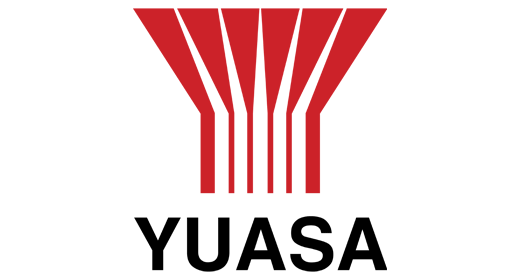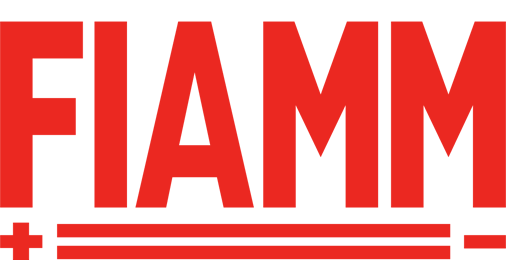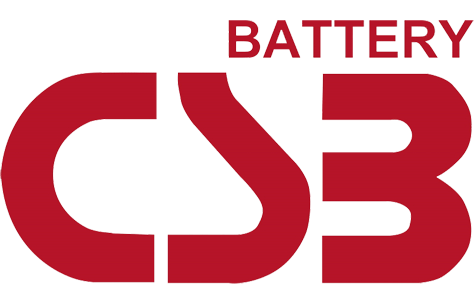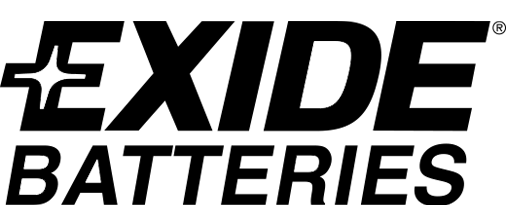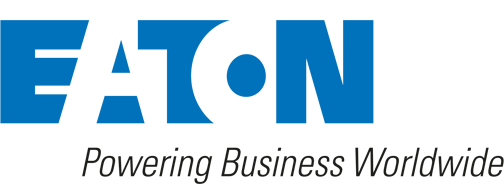UPS Supporting Fire Suppression Safety
In response to the Grenfell Tower Inquiry Phase 1, The Fire Safety (England) Regulations 2022 introduced new duties under the Fire Safety Order for building owners and managers. The responsibilities outlined will come into force on 23rd January 2023, however the information has been published in advance to allow those in key positions ample time to implement the required changes.
As part of the regulations, it will be mandatory for the responsible persons of multi-occupied, high-rise residential buildings ‘to provide a number of additional safety measures’ in relation to key fire-fighting equipment, including that involving any fire suppression system.
These systems are by no means limited for use in high-rise buildings and are often utilised across a myriad of industries and facilities. To maintain their operation, it is vital the systems have a continuous source of backup power and as such are heavily dependent on a regularly maintained and serviced UPS (Uninterruptible Power Supply) unit to protect their everyday function.
Below Secure Power looks at fire suppression systems in more detail, including the critical role a UPS system plays in supporting this potentially life-saving technology, not just for high-rise buildings but for industry in general.
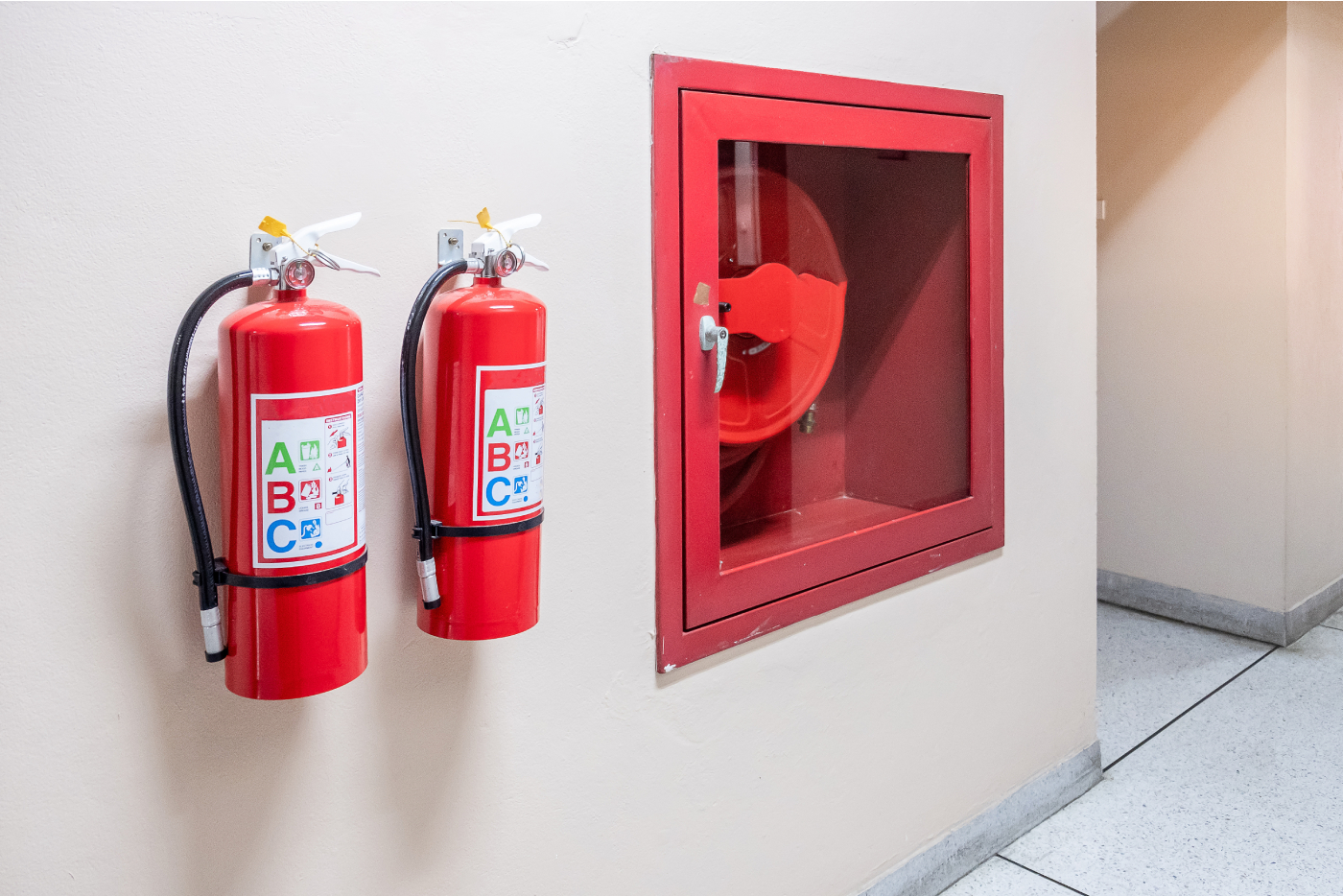
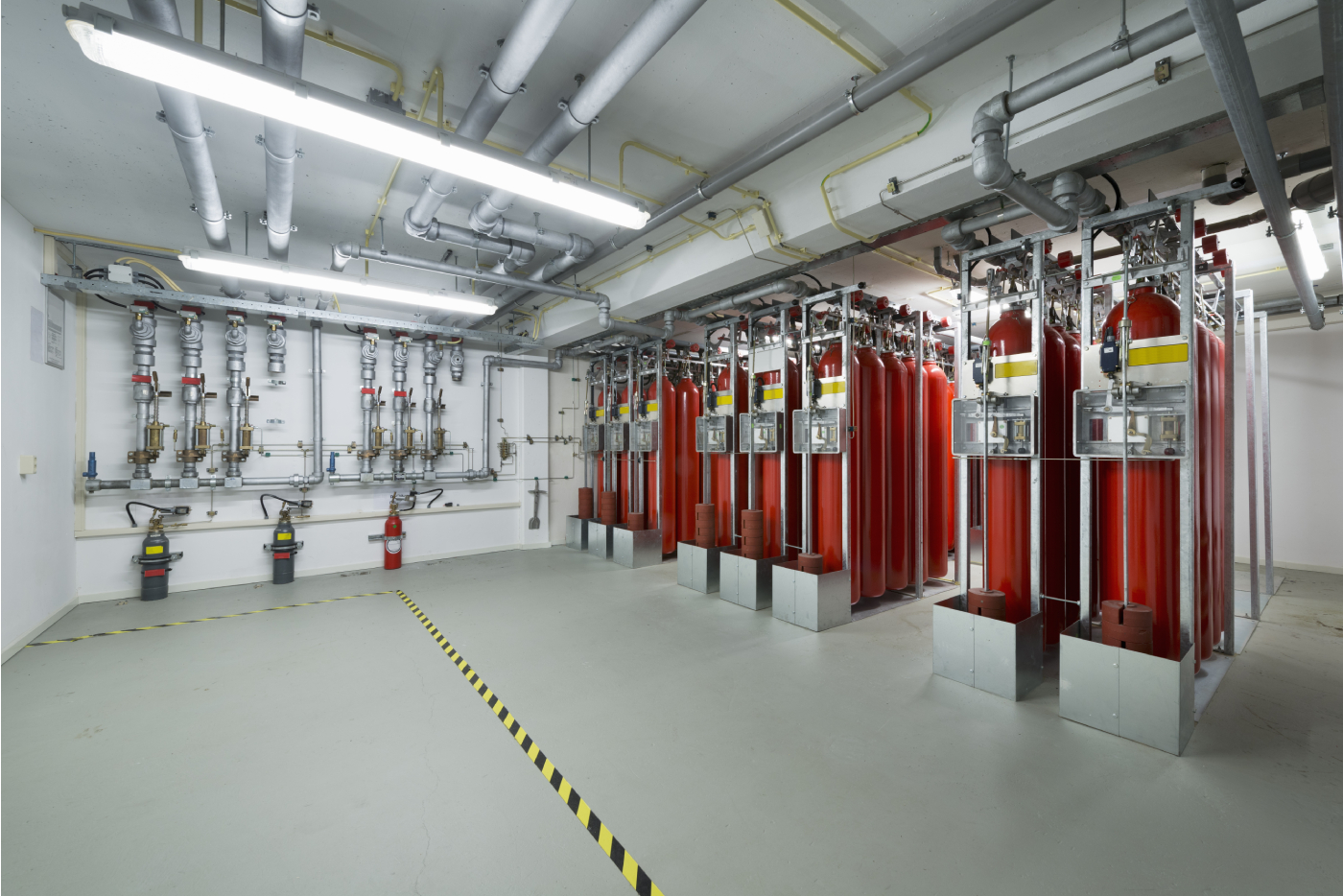
What is a fire suppression system?
Fire suppression systems are used to extinguish, control, or in some cases entirely prevent fires from spreading or occurring. Unlike a sprinkler scheme, a fire suppression system does not use water as a suppressing agent, making it suitable for facilities and industries where hazardous chemicals, combustible gas or oil are used.
It is also a particularly effective method of protection in premises, such as data centres and server rooms, that utilise a large amount of electrical equipment or in warehouses/storage units where the goods are highly susceptible to water damage.
More importantly, a fire suppression system can prevent injury or in some instances, even death of employees or residents by giving them precious time to leave the building after a fire has been detected. Whilst not a legal requirement in the UK yet, it is easy to see why businesses recognise the benefit of installing these potentially life-saving systems in care homes, retail premises and residential buildings where multiple occupants are housed.
How does a fire suppression system work?
There are various types of fire suppression systems that rely on different suppressive agents to extinguish the fire:
Each system operates in a similar fashion, through a group of engineered components that detect heat or smoke at the earliest stage possible. Once identified this will automatically trigger an alarm to alert staff or occupants to the presence of a potential fire. The primary benefit of each system is that it allows for a delayed evacuation process, providing those crucial extra minutes that will allow occupants to evacuate safely – a necessity in multiple occupancy buildings such as tower blocks or residential care homes where patient mobility may be severely impaired.
Upon detection of a fire, the majority of systems will automatically release the suppression agent, allowing the blaze to be subdued or extinguished before it has the chance to spread further. As they do not require human activation or intervention to initiate, this also makes the systems ideal for extinguishing fires in remote or less accessible parts of a building thereby reducing the risk to personnel.
How does a UPS support a fire suppression system?
Fire suppression systems are interlinked with the central power supply and as such require a continuous source of electricity to function. Without this, the fire detection system would not be able to interact with the releasing panel to open pre-action valves, sound pre-discharge alarms, shut down ventilation or perform other essential actions in the event of a fire.
The UPS unit acts as a backup to the central power supply, providing an essential constant source of energy in the event of a temporary drop in mains power or complete power outage. This ensures the fire suppression system can continue to remain online and operational at all times, regardless of any external conditions.
A UPS solution will also deliver second-level protection against any power surges, continually regulating the incoming voltage to provide a power interface between the utility supply and the fire suppression system.
It is crucial the UPS system is maintained and serviced on a regular basis to ensure it performs as needed in the event of any emergency.
What are the relevant standards relating to the use of UPS for fire suppression systems
The BS EN 50171 specifies the general requirements for central power supply systems where an independent energy supply is required to support essential safety equipment. This, for example, could take the form of maintaining emergency lighting or alternatively to energise other essential safety equipment, such as the electrical circuits of automatic fire extinguishing installations.
Where a UPS system is used to support an essential safety system it must comply with the British Standard BS EN 50171, the European Compliance Standard EN 50171 and the EN 50091-1 and its relevant parts (the general and safety requirements for UPS used in operator access areas).
The UPS solution must also comply with product-specific regulations as highlighted in IEC/EN 62040 and its relevant sections.
What UPS models do Secure Power recommend?
As leading UPS suppliers, Secure Power offer a range of solutions for the backup of critical central power supply systems. We understand the unique design complexities of fire suppression systems, such as the high inrush current that is required to start the fire pump motor and will ensure the UPS solution supplied has the correct sized design configuration coupled with sufficient application to power the load. Both compliant and dependable, our systems also allow additional provision for growth and redundancy.
Our experience spans installations within new build sites, the development of existing sites and refurbishment of legacy facilities. Where applicable we tend to opt for rackmount solutions, as these place the fire detection system and protection tools in the same rack, and at the closest position to where the risk of fire is the greatest. This proximity to the potential threat allows for faster detection and therefore deployment of the cooling agent, preventing the spread of fire sooner than a traditional room-based solution.
Portable and easier to install, the initial cost of outlay for a rackmount unit is usually cheaper than a wall mount solution however the true savings are to be found when it comes to re-gassing the system. The extinguishant canisters are smaller in size to replenish than their much larger wall mount counterparts and thus produce considerable savings.
As the requirements of each installation and fire suppression system are unique, Secure Power’s technical team are on hand to offer advice on the correct solution for your needs. For further information on the range of rackmount UPS units available for fire suppression systems please get in touch with a member of the team on 0800 080 3118 or email [email protected].
Secure Power has been providing critical power solutions for over a decade and has an industry wide reputation for delivering first class backup power services and power protection strategies. With preventative maintenance at the core of its business, Secure Power has its own team of engineers, available nationwide, 24/7. The company offers a wide range of UPS end-to-end project management solutions alongside ongoing maintenance and service works, battery testing, removal, and relocation.


